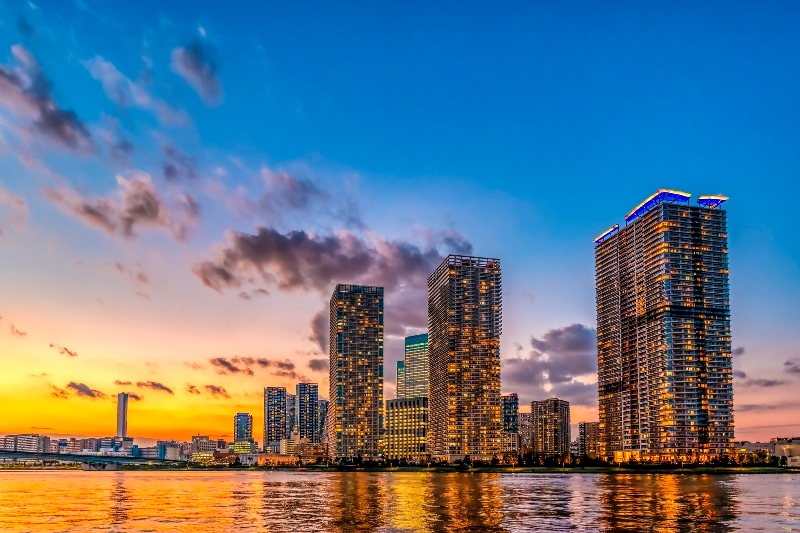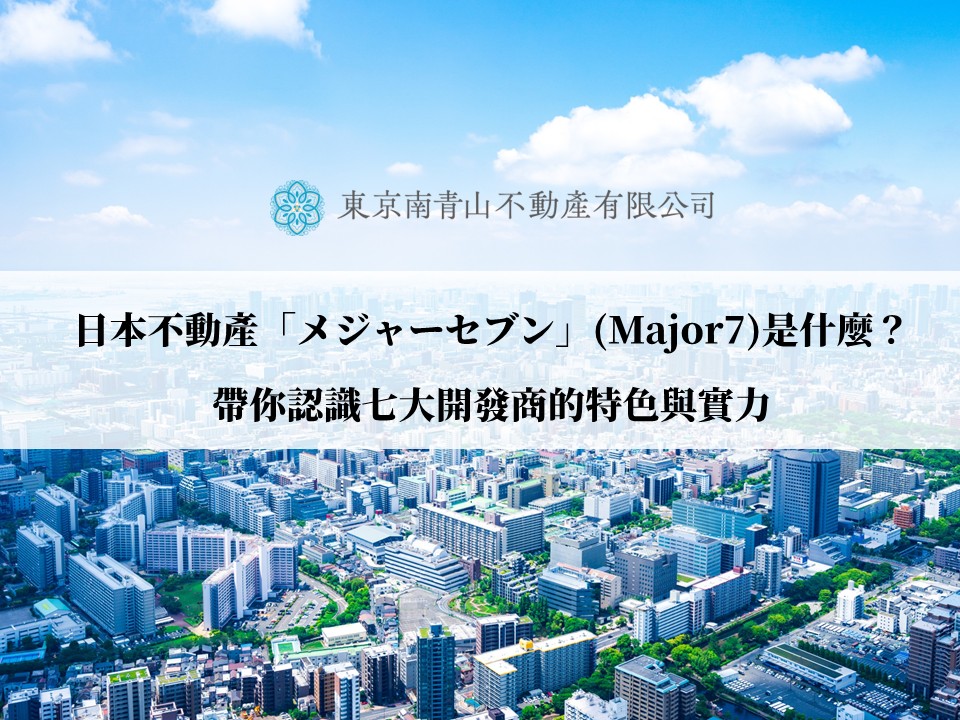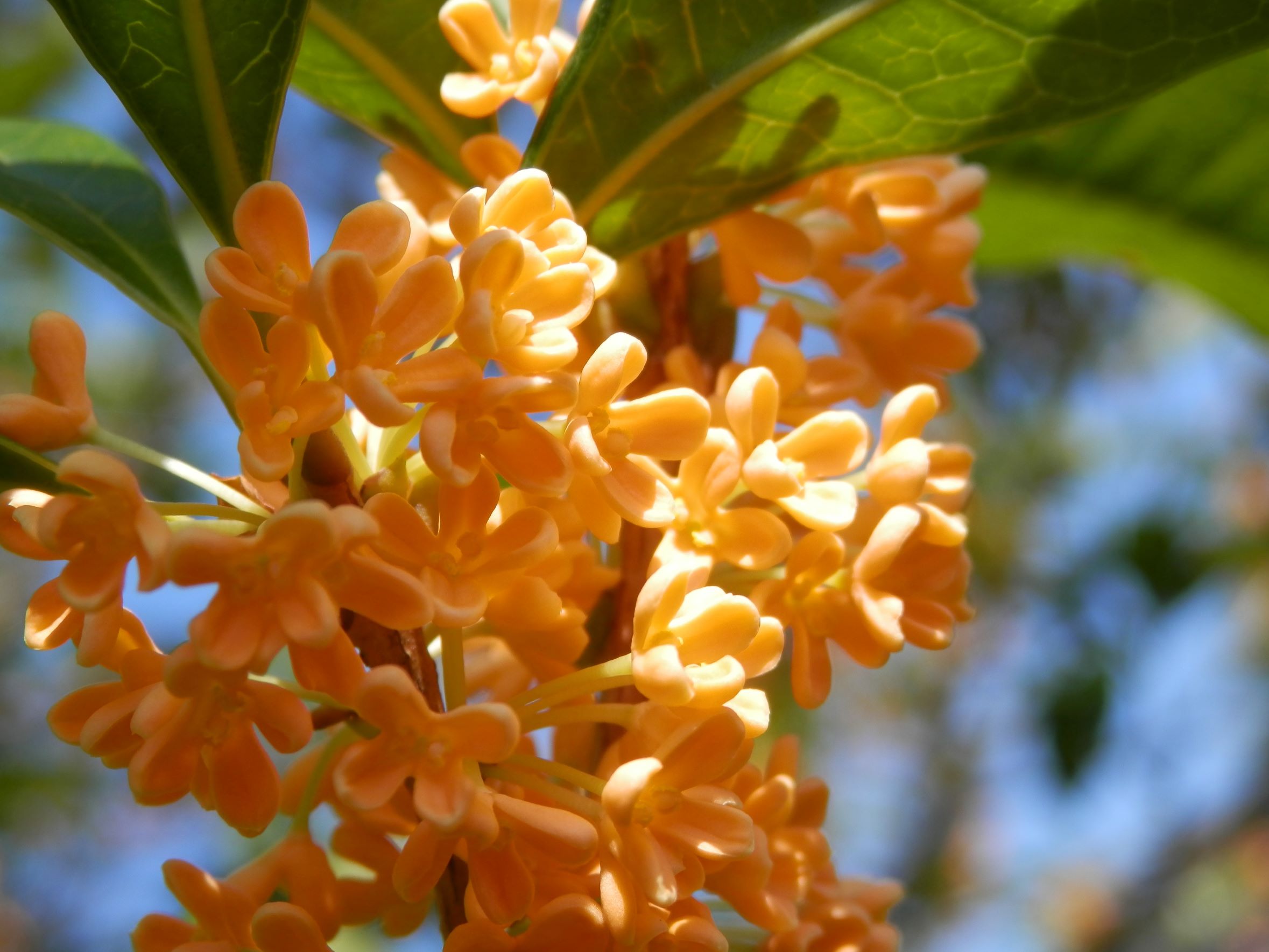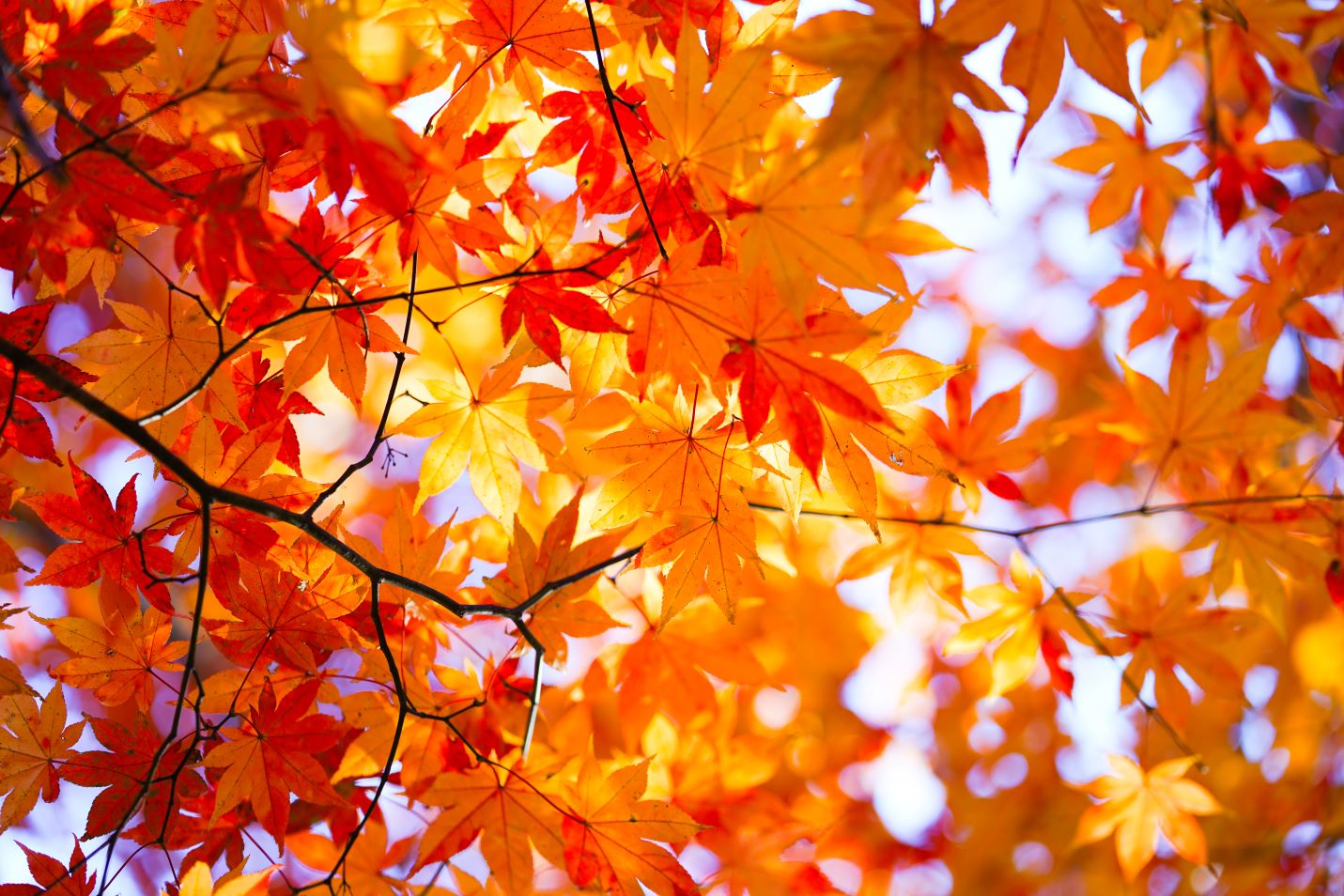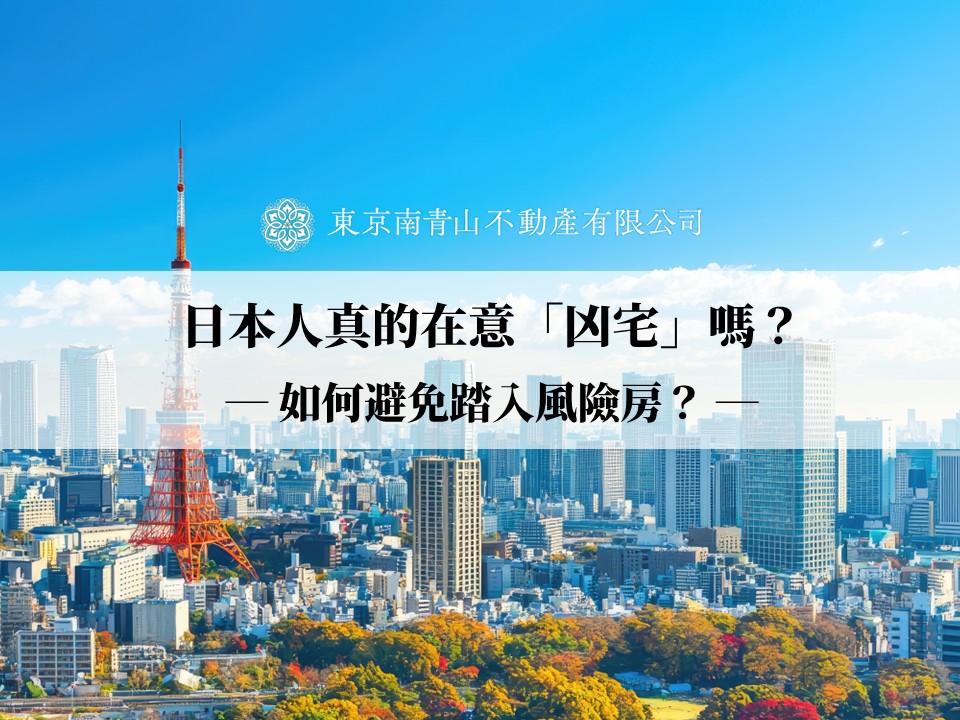The present-day Koto Ward consists mainly of three distinct areas: the former Fukagawa area, which evolved as part of Edo's town during the Edo period; the former Joto area, which saw significant development in the early Showa period; and the waterfront region formed through land reclamation in Tokyo Bay.
It comprises neighborhoods like "Monzen-Nakacho," "Fukagawa," "Toyosu," and "Ariake," hosting the "Fukagawa Hachiman Festival," one of the three major festivals in Edo. With the largest reclaimed land area in the 23 special wards and numerous high-rise buildings, it blends a sense of traditional downtown charm and modern urban ambiance.
Segmenting the former Fukagawa area as the "Fukagawa Area," the former Joto area as the "Joto Area," and the reclaimed land in Tokyo Bay as the "Waterfront Area," the entirety of the current Koto Ward is introduced as the "Koto Area."
Fukagawa Hachiman Festival
The vicinity of Toyosu
■1 The Fukagawa area in the early modern period
In the early days, the "Fukagawa Area" consisted of tidal flats and wetlands. When Tokugawa Ieyasu entered Edo (now Tokyo), he began the reconstruction of the city, notably creating the "Onagi River" to safely transport salt from the production site in Gyotoku to Edo. Subsequently, as Edo expanded, significant land reclamation efforts started in the Fukagawa area. During the Keicho period (1596-1615), Fukagawa Moronoshin initiated the development of new fields around Morishita, leading to the naming of the area as Fukagawa Village.
The "Great Fire of Meireki" in 1657, which destroyed about 60% of Edo, became a turning point for Fukagawa. To rebuild the city and make it more resilient against fires, expansion of Edo's townships extended to the eastern bank of the Sumida River, encompassing the Fukagawa Area. Further reclamation and development progressed. Many samurai residences and shrines were relocated, contributing to the urban functionality of Edo.
Given its marshy nature, the Fukagawa Area had an intricate network of waterways for drainage. Leveraging these as canals, it became a hub for logistics and established lumber storage sites known as "Kiba." Various wholesalers operated here, handling crucial commodities of the time such as oil, grains, and timber.
Amidst these developments, commerce and culture flourished. Fukagawa gained renown as the place where the haiku master Matsuo Basho lived. Temples and shrines like "Tomio Hachimangu" became popular entertainment destinations for the common people of Edo due to their vibrant festivals and events. Even the opening of Naritasan began to attract attention.
Tomioka Hachimangu Shrine
Utagawa Hiroshige's 'Nakagawaguchi' from the series 'One Hundred Famous Views of Edo' (Held at the National Diet Library)
■2 The Eastern Castle Area in the Early Modern Period
The "Joto Area" also consisted largely of reclaimed marshlands, and it's believed that Kameido was once a small island. There are various theories about the origin of the name "Kameido," one of which suggests it derived from the island's resemblance to a turtle ("kame" in Japanese). "Kameido Katori Shrine" has a long history, with records indicating the establishment of its main hall in 1371.
During the early Edo period, the "Nakagawa Checkpoint" was established along the significant canal, the "Onagi River," to inspect people and goods entering and exiting Edo.
As the Edo period progressed, it developed into a suburban agricultural area and a leisure destination near the bustling city of Edo. Among the agricultural produce, "Kameido Daikon" is well-known, and vegetables like the "Sunamura Ichihone Negi" were also cultivated. The "Kameido Daikon," both its root and leaves, was popular for its delicious taste when lightly pickled, gaining immense popularity in Edo. While the farming of "Kameido Daikon" ceased in Kameido, it continues to be produced in areas like Katsushika Ward.
Kameido was a renowned leisure spot in the "Joto Area" during the Edo period, featuring sites such as "Kameido Tenjin Shrine," "Kameido Umeyashiki Plum Orchard," and "Gohyaku Rakan-ji Temple - Sazaedo." "Kameido Tenjin Shrine" is dedicated to Sugawara no Michizane and has been famous for plum blossoms, wisteria, and 'kuzumochi' (a type of rice cake), attracting visitors as a leisure spot in the outskirts of Edo.
Near the remains of “Nakagawa Bansho” and “Onagigawa”
■3 The Development of the Fukagawa and Joto Areas Since the Meiji Era
In the early Meiji period, when Tokyo was established, the precursor to the present-day 23 special wards of Tokyo was formed, placing 15 wards under the jurisdiction due to the Municipal Government Act. During this time, the "Fukagawa Area" became Fukagawa Ward. The name "Fukagawa" originated from a person named Fukagawa Hachiroemon, who developed the area along the north bank of the Onagi River and used his surname for the village name.
In the Meiji era, Tokyo became a hub of industry, with the Fukagawa and Joto areas at its heart. At that time, heavy goods and large-scale transportation were primarily done via waterways rather than land transport. The Fukagawa and Joto areas, with their developed canal network centered around the Onagi River, became the forefront of Japan's industrial advancements, producing many domestically pioneering industrial products like cement, milling, and sugar. It witnessed significant growth as an industrial region. While large factories have disappeared from the Fukagawa and Joto areas today, one can observe extensive use of former industrial sites for large-scale residential complexes, apartments, public facilities, schools, and more.
With the expansion of Tokyo city, the Joto Ward was born in the early Showa period in 1932. Alongside its development as an industrial area, the birth of Joto Ward also marked the inception of "Sunamachi Ginza." At that time, the small-scale shopping street in Sunamachi aimed to recreate the vibrancy of Ginza as it became part of Tokyo City through the ward's establishment. Presently, with a length of 670 meters and approximately 180 shops, it's considered one of the three major "Ginza" shopping streets in Tokyo.
Post-war, Tokyo faced population decline and imbalance, prompting the reorganization of 35 wards into 23 wards for reconstruction purposes. Consequently, in 1947, the amalgamation of the former Fukagawa and former Joto wards formed the 'Koto Ward.
Sunamachi Ginza
The View of Sendai Horikawa from Kiba Park Bridge
■4 The History of the Waterfront Area
The reclamation and utilization of the waterfront area have evolved over time, catering to various purposes, thus driving its development. Tokyo's waterfront underwent significant reclamation from the Edo period onward, with extensive advancements during the Meiji era. Following the establishment of "Tokyo Port" and subsequent to the Pacific War, reclamation work commenced offshore, resulting in the creation of the "Toyosu Coal Pier" as an energy base for reconstruction. Facilities like the "Shin-Tokyo Thermal Power Plant," "Tokyo Gas Toyosu Plant," and "Toyosu Iron and Steel Pier" were established, becoming integral to Tokyo's and Japan's rapid economic growth.
Subsequently, these facilities in Shin-Toyosu ceased operations, transitioning toward urban land use. In 2018, the "Toyosu Market" opened, becoming a cornerstone supporting Tokyo's food industry.
Reclamation continued post-Toyosu's development, giving rise to neighborhoods like Tatsumi, Shiomi, Ariake, and Toyosu. Initially utilized for purposes such as lumber storage, the reclaimed land of "Site 13" (now the "Daiba" and "Ariake districts") was later designated as Tokyo's seventh "Sub-Center" in 1995, known as the "Waterfront Sub-Center." The area saw surrounding development, including the opening of the "Rainbow Bridge," the "Metropolitan Expressway Route 11 Daiba Line," and the start of the "Yurikamome" line between Shinbashi and Ariake, enhancing accessibility.
The convention center "Tokyo Big Sight (Tokyo International Exhibition Center)" was established in 1996. Subsequently, residences such as offices and high-rise apartments were built, along with large-scale commercial and leisure facilities opening. Presently, with an increasing population of residents and workers, the area has become a bustling hub, attracting numerous tourists and shoppers. The vicinity of the "Waterfront Sub-Center" was also utilized as a venue for the "Tokyo 2020 Olympic and Paralympic Games."
Tokyo Bigsight
toyosu market
■5 The Current 'Koto Area' and Future Plans
The "Koto Area" faced significant damages from earthquakes and wartime destruction. Despite this, it underwent a remarkable recovery and has continued to develop, symbolized notably by hosting the 2020 Tokyo Olympic and Paralympic Games.
The lumber storage yard in Kiba was relocated to Shin-Kiba, paving the way for the establishment of Kiba Park and the Tokyo Museum of Contemporary Art in the former site.
In the reclaimed land area known as "Kai-no-Mori," development is underway for the "Kai-no-Mori Park," expected to open by the end of 2024. It's set to become the largest park within the 23 special wards of Tokyo.
A major upcoming project involves the extension of the Subway Line 8 (Yurakucho Line) from Toyosu to Sumiyoshi. The Koto Ward has long advocated for this extension, and finally, in 2022, the railway project obtained approval, initiating concrete steps toward its targeted opening in the mid-2030s. Currently, the central part of Koto Ward lacks a north-south railway line, so once operational, this extension will significantly enhance the ward's accessibility. Both Toyosu Station and Sumiyoshi Station will become more convenient transfer points, and plans for new stations near Edagawa and Sengoku are also in place, expected to catalyze the development of these areas into new community hubs.
Kyoto Housing Supply Corporation Minamisuna Housing (former train manufacturing site)
Toyosu scenery
■6 Mini Column on Tradition and Culture:
"Sashimono'' refers to furniture and miscellaneous goods made by carefully processing and assembling wooden joints without using nails. The term"Sashimono'' stems from "sasu," meaning to measure with a ruler, as these pieces are precisely measured and assembled.
Originally developed in Kyoto, during the Edo period, this craft extended to Edo (present-day Tokyo). It was initially created for military households like the Shogun's and feudal lords residences, prominent merchants, and Kabuki actors in Edo. Over time, it became popular among the general population. "Edo Sashimono" is known for its understated ornamentation, featuring a simple design that accentuates the natural wood grain, a style that remains popular to this day.
Although the central hub for "Edo Sashimono" in Tokyo lies in Arakawa and Taito wards, there is a lone workshop in Koto Ward named "Chanoyu Sashimono Sensho," primarily crafting tea ceremony-related finger-jointed items.
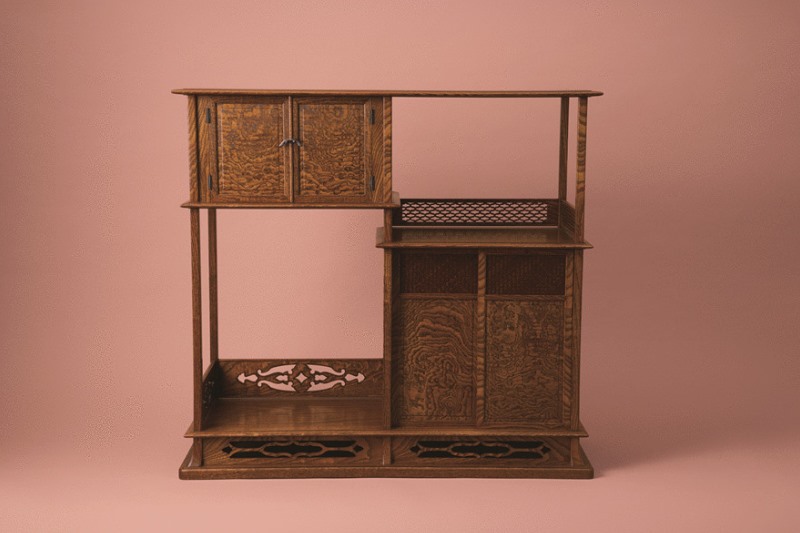
Edo Sashimono


